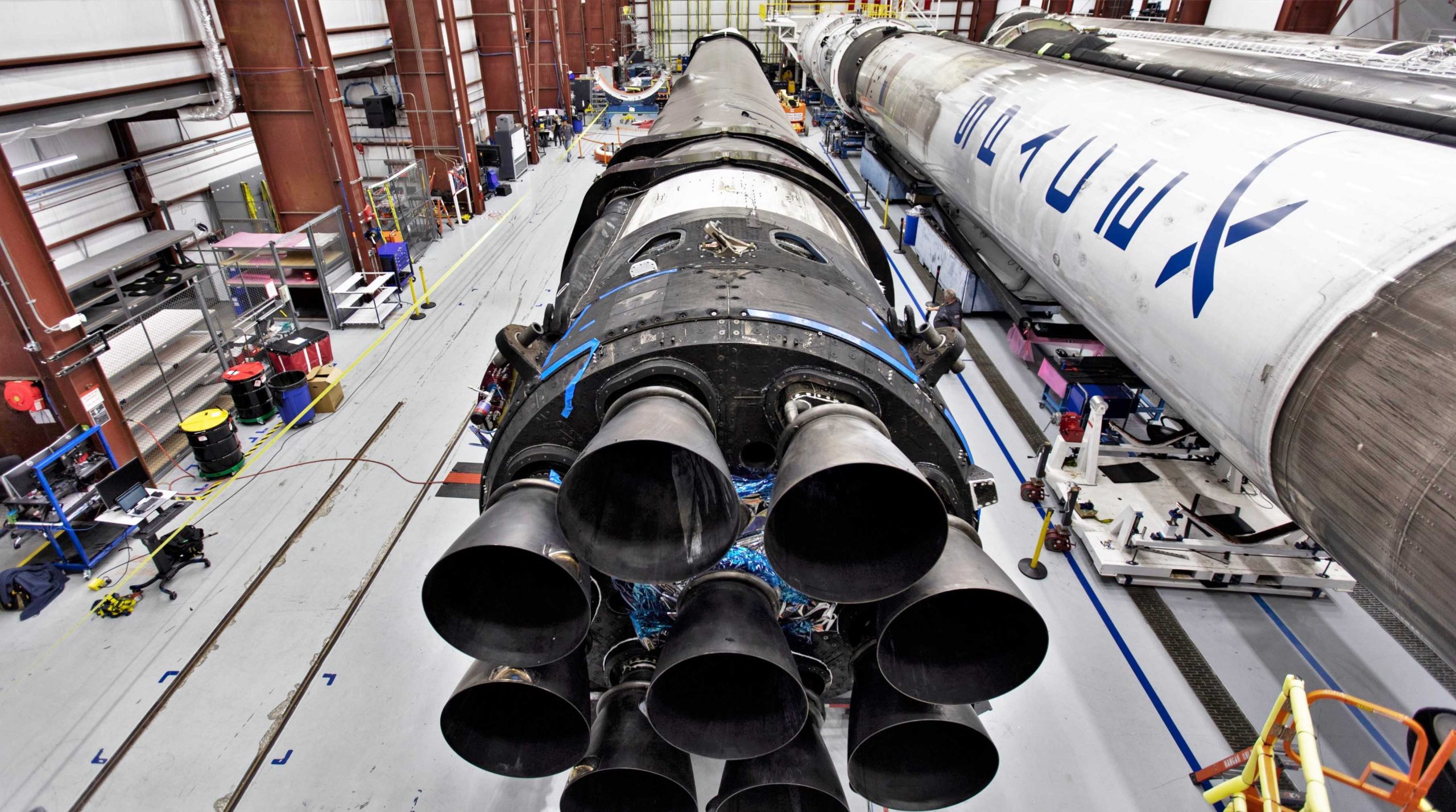
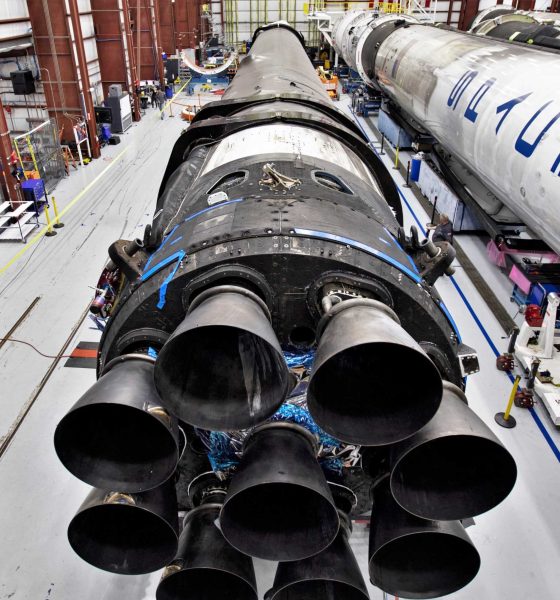
News
SpaceX’s first Falcon 9 launch in months gets a launch date
SpaceX’s first Falcon 9 launch in more than three months finally has a launch date and it looks like the company’s growing fleet is going to attempt to catch (or land) almost every piece of the rocket, a big first for Falcon 9 reusability if SpaceX can pull it off.
After an exceedingly long wait, SpaceX’s next launch – Starlink’s first “v1.0” mission – is finally on the Eastern range and is scheduled to launch no earlier than ~10 am ET (15:00 UTC) on November 11th, recently confirmed by SpaceFlightNow.com and LaunchPhotography. Although similar lulls in US orbital launch activity have occurred in the past, they are extremely rare: the last time a lull more than three months long occurred was in 2010.
For SpaceX, this is the longest the company has gone without a launch since Falcon 9’s last catastrophic failure, which grounded the rocket for ~4.5 months after a massive explosion in September 2016. By all appearances, the likely 14-week gap between orbital SpaceX launches is little more than the product of bad luck, with customer payloads and SpaceX payloads both coincidentally requiring more time than expected to prepare for flight.
Although the extreme delay between launches is unfortunate, it also happens to have given SpaceX’s recovery engineers a lot more time to prepare the latest member of the rocket recovery fleet for its first attempted fairing catch. Known as GO Ms. Chief, she joins fairing recovery vessel GO Ms. Tree (formerly Mr. Steven) and has spent the last two or so months being outfitted with a brand new net and arms – slightly different but nearly identical to Ms. Tree’s.
Pictured in Stephen Marr’s tweet at the top of this article, Ms. Tree and Ms. Chief appear to be more or less complete, and Ms. Chief took to the Atlantic Ocean with her net installed for the first time just over a week ago. If the ships are as prepared as they look, there’s a strong chance that Ms. Tree and Ms. Chief will be able to team up to attempt the first simultaneous catch of both halves of a Falcon payload fairing. At the moment, SpaceX has caught a single parasailing fairing half twice during its last two consecutive attempts, a strong sign that the company has solved what proved to be an extremely challenging problem.
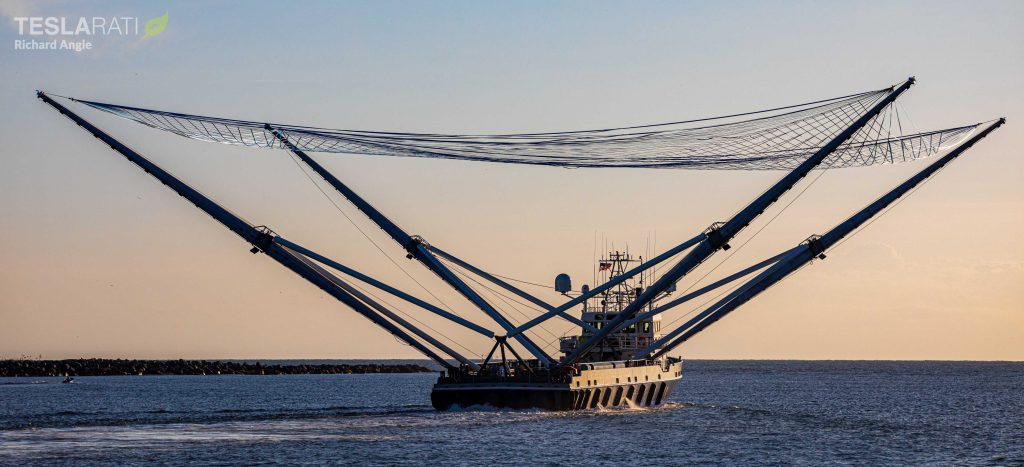
Falcon 9’s next reusability milestone
As always, prior to launch, SpaceX will fuel and static fire the Falcon 9 rocket to verify that all systems are performing nominally. According to NASASpaceflight.com, that static fire test is scheduled no earlier than Tuesday, November 5th, approximately six days before launch.
Speaking last month, VP of Flight and Build Reliability Hans Koenigsmann stated that Starlink-1 would fly on a thrice-flown Falcon 9 booster, meaning that the mission will likely mark the first time SpaceX flies the same Falcon 9 booster four times. At this point, SpaceX’s Falcon 9 Block 5 nth-reuse milestones are becoming less and less surprising as it becomes clearer than ever that the rocket upgrade – designed to support “at least” 10 launches per booster – is well on its way to reaching that goal.
At the moment, the most likely candidates for that fourth-flight milestone are Falcon 9 boosters B1048 and B1049, the former of which flew its third orbital mission in February 2019, while the latter supported SpaceX’s dedicated Starlink v0.9 launch debut in May 2019. Falcon 9 B1046 – also with three launches under its belt – is scheduled to fly for the fourth (and probably final) time as early as mid-December for Crew Dragon’s critical In-Flight Abort Test, while Falcon 9 B1047 flew its third and final mission in August 2019.
All things considered, SpaceX’s quasi return-to-flight after three months without a launch is set to be an exceptionally important mission for Falcon 9 and should be well worth the wait.
Check out Teslarati’s Marketplace! We offer Tesla accessories, including for the Tesla Cybertruck and Tesla Model 3.

Elon Musk
Tesla CEO Elon Musk sends rivals dire warning about Full Self-Driving
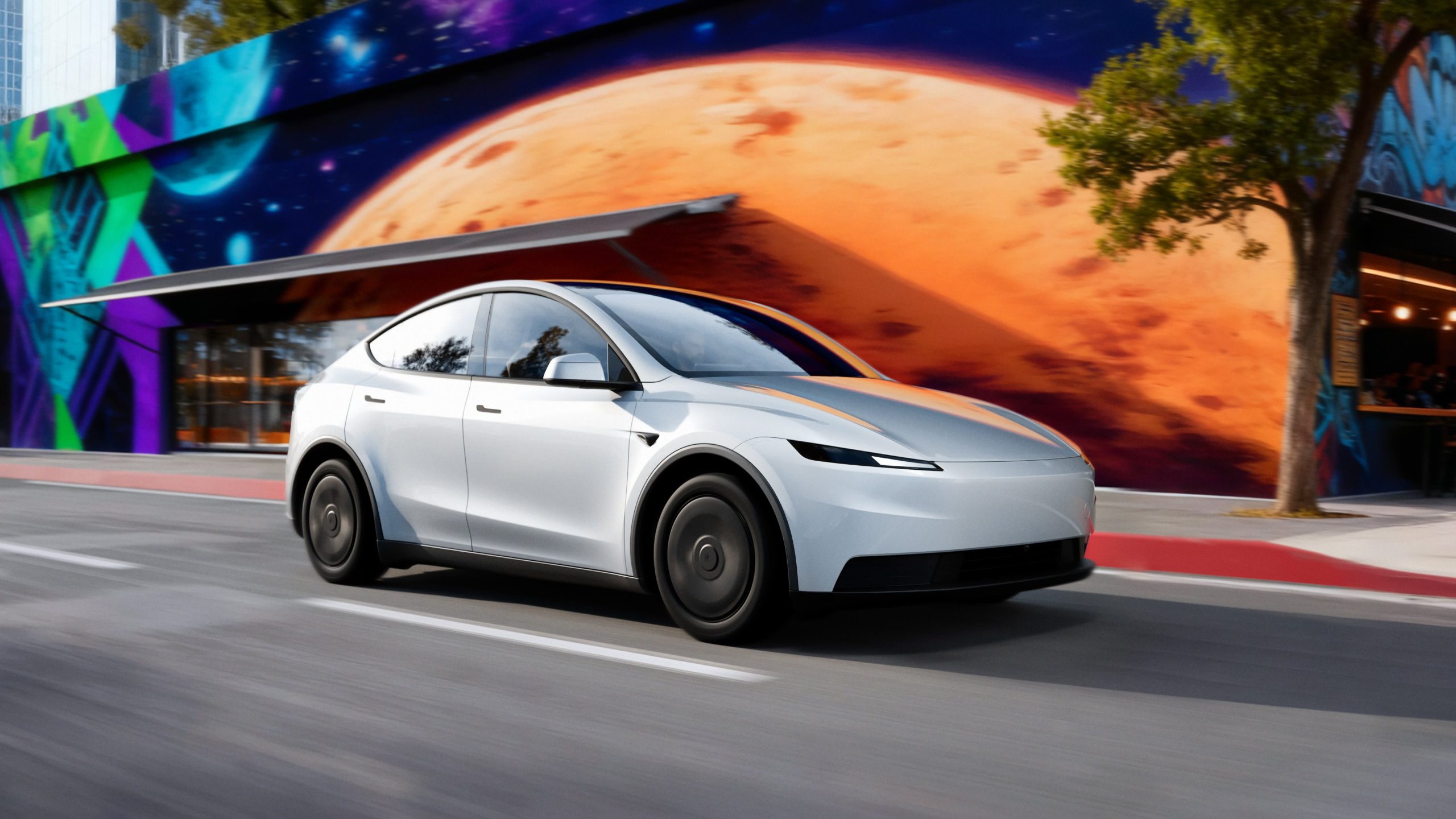
Tesla CEO Elon Musk revealed today on the social media platform X that legacy automakers, such as Ford, General Motors, and Stellantis, do not want to license the company’s Full Self-Driving suite, at least not without a long list of their own terms.
“I’ve tried to warn them and even offered to license Tesla FSD, but they don’t want it! Crazy,” Musk said on X. “When legacy auto does occasionally reach out, they tepidly discuss implementing FSD for a tiny program in 5 years with unworkable requirements for Tesla, so pointless.”
I’ve tried to warn them and even offered to license Tesla FSD, but they don’t want it! Crazy …
When legacy auto does occasionally reach out, they tepidly discuss implementing FSD for a tiny program in 5 years with unworkable requirements for Tesla, so pointless. 🤷♂️
🦕 🦕
— Elon Musk (@elonmusk) November 24, 2025
Musk made the remark in response to a note we wrote about earlier today from Melius Research, in which analyst Rob Wertheimer said, “Our point is not that Tesla is at risk, it’s that everybody else is,” in terms of autonomy and self-driving development.
Wertheimer believes there are hundreds of billions of dollars in value headed toward Tesla’s way because of its prowess with FSD.
A few years ago, Musk first remarked that Tesla was in early talks with one legacy automaker regarding licensing Full Self-Driving for its vehicles. Tesla never confirmed which company it was, but given Musk’s ongoing talks with Ford CEO Jim Farley at the time, it seemed the Detroit-based automaker was the likely suspect.
Tesla’s Elon Musk reiterates FSD licensing offer for other automakers
Ford has been perhaps the most aggressive legacy automaker in terms of its EV efforts, but it recently scaled back its electric offensive due to profitability issues and weak demand. It simply was not making enough vehicles, nor selling the volume needed to turn a profit.
Musk truly believes that many of the companies that turn their backs on FSD now will suffer in the future, especially considering the increased chance it could be a parallel to what has happened with EV efforts for many of these companies.
Unfortunately, they got started too late and are now playing catch-up with Tesla, XPeng, BYD, and the other dominating forces in EVs across the globe.
News
Tesla backtracks on strange Nav feature after numerous complaints

Tesla is backtracking on a strange adjustment it made to its in-car Navigation feature after numerous complaints from owners convinced the company to make a change.
Tesla’s in-car Navigation is catered to its vehicles, as it routes Supercharging stops and preps your vehicle for charging with preconditioning. It is also very intuitive, and features other things like weather radar and a detailed map outlining points of interest.
However, a recent change to the Navigation by Tesla did not go unnoticed, and owners were really upset about it.
For trips that required multiple Supercharger stops, Tesla decided to implement a naming change, which did not show the city or state of each charging stop. Instead, it just showed the business where the Supercharger was located, giving many owners an unwelcome surprise.
However, Tesla’s Director of Supercharging, Max de Zegher, admitted the update was a “big mistake on our end,” and made a change that rolled out within 24 hours:
The naming change should have happened at once, instead of in 2 sequential steps. That was a big miss on our end. We do listen to the community and we do course-correct fast. The accelerated fix rolled out last night. The Tesla App is updated and most in-car touchscreens should…
— Max (@MdeZegher) November 20, 2025
The lack of a name for the city where a Supercharging stop would be made caused some confusion for owners in the short term. Some drivers argued that it was more difficult to make stops at some familiar locations that were special to them. Others were not too keen on not knowing where they were going to be along their trip.
Tesla was quick to scramble to resolve this issue, and it did a great job of rolling it out in an expedited manner, as de Zegher said that most in-car touch screens would notice the fix within one day of the change being rolled out.
Additionally, there will be even more improvements in December, as Tesla plans to show the common name/amenity below the site name as well, which will give people a better idea of what to expect when they arrive at a Supercharger.
News
Dutch regulator RDW confirms Tesla FSD February 2026 target
The regulator emphasized that safety, not public pressure, will decide whether FSD receives authorization for use in Europe.
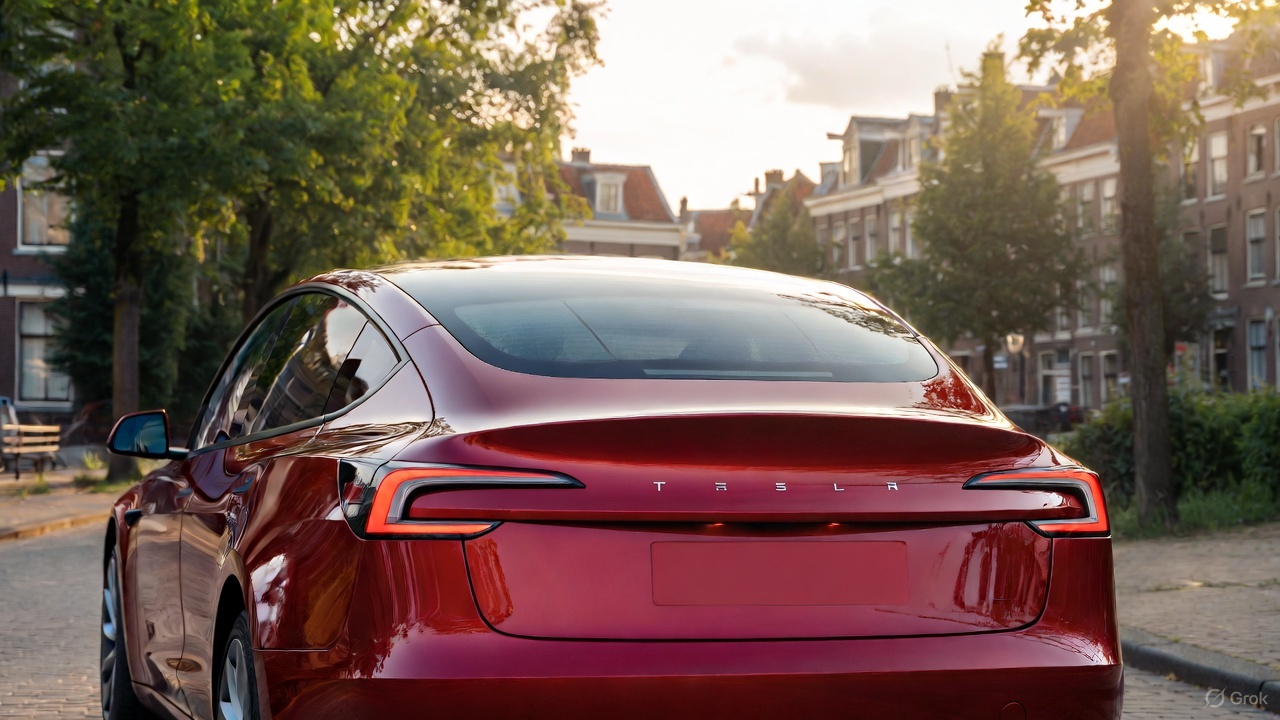
The Dutch vehicle authority RDW responded to Tesla’s recent updates about its efforts to bring Full Self-Driving (Supervised) in Europe, confirming that February 2026 remains the target month for Tesla to demonstrate regulatory compliance.
While acknowledging the tentative schedule with Tesla, the regulator emphasized that safety, not public pressure, will decide whether FSD receives authorization for use in Europe.
RDW confirms 2026 target, warns Feb 2026 timeline is not guaranteed
In its response, which was posted on its official website, the RDW clarified that it does not disclose details about ongoing manufacturer applications due to competitive sensitivity. However, the agency confirmed that both parties have agreed on a February 2026 window during which Tesla is expected to show that FSD (Supervised) can meet required safety and compliance standards. Whether Tesla can satisfy those conditions within the timeline “remains to be seen,” RDW added.
RDW also directly addressed Tesla’s social media request encouraging drivers to contact the regulator to express support. While thanking those who already reached out, RDW asked the public to stop contacting them, noting these messages burden customer-service resources and have no influence on the approval process.
“In the message on X, Tesla calls on Tesla drivers to thank the RDW and to express their enthusiasm about this planning to us by contacting us. We thank everyone who has already done so, and would like to ask everyone not to contact us about this. It takes up unnecessary time for our customer service. Moreover, this will have no influence on whether or not the planning is met,” the RDW wrote.
The RDW shares insights on EU approval requirements
The RDW further outlined how new technology enters the European market when no existing legislation directly covers it. Under EU Regulation 2018/858, a manufacturer may seek an exemption for unregulated features such as advanced driver assistance systems. The process requires a Member State, in this case the Netherlands, to submit a formal request to the European Commission on the manufacturer’s behalf.
Approval then moves to a committee vote. A majority in favor would grant EU-wide authorization, allowing the technology across all Member States. If the vote fails, the exemption is valid only within the Netherlands, and individual countries must decide whether to accept it independently.
Before any exemption request can be filed, Tesla must complete a comprehensive type-approval process with the RDW, including controlled on-road testing. Provided that FSD Supervised passes these regulatory evaluations, the exemption could be submitted for broader EU consideration.








